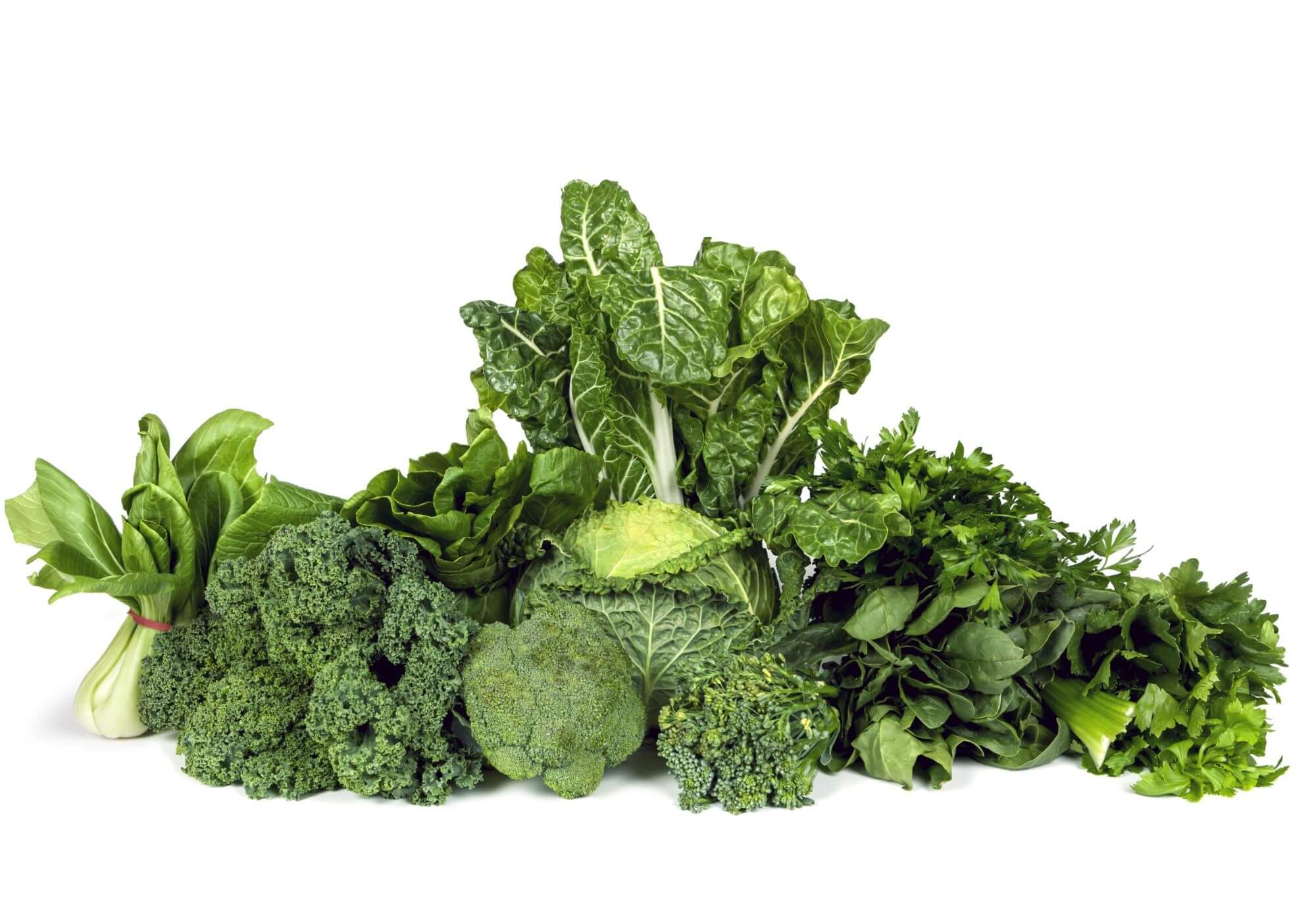Common Respiratory Conditions: How to Recognize the Signs
Written By -
on October 18, 2024

Common Respiratory Conditions:
Respiratory conditions can be tricky to spot at first because they often mimic common cold or allergy symptoms. It’s easy to dismiss a little cough or breathlessness, but sometimes, these are your body’s way of signalling something more serious. Knowing how to recognize early signs can help you act sooner, and in many cases, that can make a world of difference. Let’s break down some of the most common respiratory conditions and what you should look out for.
1. Asthma: The Breathing Roller Coaster
Asthma is a condition where your airways become inflamed and narrow, making it difficult to breathe. The symptoms can come and go like waves, and they often flare up in response to triggers like allergens, exercise, or even stress. If you’ve ever found yourself struggling to catch your breath after light exercise or experienced sudden tightness in your chest, it might not just be a lack of fitness—it could be asthma. The hallmark symptoms include:

– Wheezing: That high-pitched whistling sound when you breathe out is one of the most recognizable signs. It’s not something you should ignore, especially if it happens frequently.
– Shortness of breath: Do you ever feel like you’re breathing through a straw? That’s how many people with asthma describe their experience during flare-ups.
– Chest tightness: It can feel like someone is sitting on your chest, making it harder to take full breaths.
– Coughing (especially at night): If your cough seems worse when you’re lying down or trying to sleep, asthma could be the culprit.
Asthma attacks can be scary, but with the right management plan, most people with asthma live full, active lives. If you notice these signs, it’s essential to get checked by a doctor for proper diagnosis and treatment, which might include inhalers and lifestyle adjustments.
2. Chronic Obstructive Pulmonary Disease (COPD): The Silent Breather
Chronic Obstructive Pulmonary Disease, or COPD, is a long-term condition that gradually makes breathing more and more difficult. It’s often associated with long-term smoking, but it can also occur due to exposure to irritants like pollution or industrial chemicals. The scary part about COPD is that it develops slowly, and many people don’t realize they have it until the condition is advanced. Here are some important tips you should look for.

– Persistent cough (often with mucus): This isn’t your typical cold cough. People with COPD tend to have a chronic, lingering cough that doesn’t seem to go away, often producing mucus.
– Frequent respiratory infections: If you find yourself constantly battling colds, bronchitis, or pneumonia, COPD could be weakening your respiratory system.
– Shortness of breath (especially during physical activity): You might feel winded after just a short walk, something that didn’t use to happen. Over time, even light activities like climbing stairs can become challenging.
– Fatigue: Since your lungs are working overtime to get enough oxygen, your body ends up feeling more exhausted than usual.
COPD can’t be cured, but it can be managed, especially if you catch it early. Quitting smoking is a critical first step, and medications like bronchodilators can help ease breathing.
3. Bronchitis: The Lingering Cougher
Ever had a cough that just wouldn’t quit after a cold? Bronchitis might be to blame. It’s an inflammation of the bronchial tubes—the pathways that carry air to your lungs. Acute bronchitis often follows a respiratory infection and can last for weeks. But if you experience repeated bouts of bronchitis, you may have **chronic bronchitis**, a type of COPD. Here’s what to watch for:

– Nagging cough with mucus: A cough that produces thick, yellow, or green mucus is a major sign of bronchitis. If it lasts more than three months in two consecutive years, it’s considered chronic.
– Chest discomfort: You may feel soreness or tightness in your chest, especially when coughing.
– Wheezing or difficulty breathing: The inflamed airways can make breathing harder, especially when you’re active.
– Fever and chills: Acute bronchitis often comes with cold-like symptoms, including a mild fever.
Most cases of acute bronchitis clear up on their own, but if you notice that your symptoms aren’t improving after a few weeks, or if you’re getting bronchitis frequently, it’s worth checking with a healthcare provider. Chronic bronchitis requires ongoing management, and ignoring the symptoms can lead to more severe lung problems.
4. Pneumonia: The Lung Infection that Packs a Punch
Pneumonia is one of the lung infections which are developed due to the fungi, bacteria or virus. It affects the air sacs in your lungs, filling them with fluid or pus, which makes breathing difficult and can lead to serious complications if left untreated. Pneumonia is most common in young children, the elderly, and people with weakened immune systems, but it can affect anyone.

The below are some of the signs that you should never ignore:
– High fever and chills: A sudden, high fever (often over 102°F) is one of the first clues that you may be dealing with pneumonia.
– Cough with green, yellow, or even bloody mucus: This is more intense than your typical cough, and the mucus you cough up may be discolored or even blood-streaked.
– Sharp or stabbing chest pain: The pain tends to worsen when you take a deep breath or cough, as the infected air sacs struggle to expand.
– Shortness of breath and rapid breathing: Pneumonia can make it hard to get enough oxygen, leading to fast, shallow breaths.
Pneumonia can range from mild to life-threatening, so it’s essential to seek medical care if you suspect you have it. The good news is that with prompt treatment, including antibiotics (for bacterial pneumonia), rest, and hydration, most people recover fully.
5. Emphysema: The Slow Air Thief
Emphysema is another form of COPD, where the air sacs in your lungs (alveoli) gradually weaken and rupture, reducing the surface area available for oxygen exchange. As a result, people with emphysema find it harder to breathe out fully, and their lungs retain too much air. Here’s what emphysema might feel like:

-Shortness of breath, especially during exercise: At first, you might notice it only when you’re physically active, but as the disease progresses, even resting can feel like a struggle.
– Chronic cough: Often referred to as “smoker’s cough,” this persistent cough is a major red flag.
– Wheezing: The narrowed airways cause a whistling or squeaking sound, especially when you exhale.
– Barrel-shaped chest: Over time, emphysema can cause your chest to become more rounded or “barrel-shaped” due to the trapped air.
There’s no cure for emphysema but quitting smoking and using inhalers can slow its progression. In severe cases, oxygen therapy or even surgery might be necessary.
6. Sleep Apnea: The Nighttime Breather
Sleep apnea is often thought of as a sleep disorder, but it’s actually a respiratory condition that affects your ability to breathe during sleep. People with sleep apnea experience repeated episodes where their airway becomes blocked, causing them to stop breathing for short periods throughout the night. Here’s what to look out for:
– Loud, chronic snoring: This is usually the most obvious sign of sleep apnea, especially if your partner tells you that you snore loudly or gasp for air in your sleep.

– Waking up feeling tired or with a headache: Even if you think you’ve slept through the night, people with sleep apnea don’t get restful sleep because their body is constantly waking up to restart breathing.
– Daytime fatigue and irritability: The lack of good-quality sleep can leave you feeling sluggish, forgetful, and moody.
– Pauses in breathing during sleep: If someone notices that you stop breathing for brief moments while sleeping, that’s a strong indicator of sleep apnea.
If left untreated, sleep apnea can lead to serious health issues, including heart disease and high blood pressure. A sleep study is the best way to diagnose it, and treatments range from CPAP machines to lifestyle changes.
7. Pulmonary Fibrosis: The Lung Stiffener
Pulmonary fibrosis is a condition where the lung tissue becomes scarred and stiff, making it difficult for oxygen to pass into your bloodstream. It’s a rare but serious disease that can lead to severe respiratory problems. Early signs include:
– Shortness of breath, especially during exertion: Like many respiratory conditions, breathlessness is one of the first symptoms. It often starts during exercise but can progress to affect you even at rest.
– Chronic dry cough: This cough is usually non-productive, meaning it doesn’t bring up mucus, but it’s persistent and can be very irritating.

– Fatigue and unexplained weight loss: As your body struggles to get enough oxygen, it burns more energy, leading to weight loss and extreme tiredness.
– Clubbing of fingers: Over time, you may notice that the tips of your fingers and toes become rounder and wider, a phenomenon known as “clubbing.”
Pulmonary fibrosis has no cure, but treatments like medications, oxygen therapy, and pulmonary rehabilitation can help improve your quality of life.
Final Thoughts: Breathing Easier
Respiratory conditions come in many forms, and while they may share some symptoms, each one is unique in how it affects your body. The key to managing any respiratory condition is early detection. If you’ve noticed any of the signs we’ve discussed—whether it’s a persistent cough, shortness of breath, or a little wheeze here and there—don’t wait to get it checked out. The sooner you catch a respiratory condition, the better your chances of managing it effectively and living a healthy, active life.
Remember, breathing is something we often take for granted—until it becomes difficult. So, take care of your lungs, listen to your body, and if something feels off, don’t hesitate to see a healthcare provider.
More Blogs













